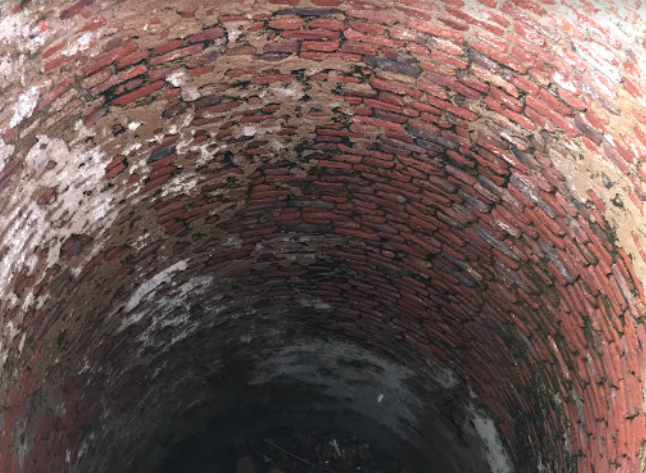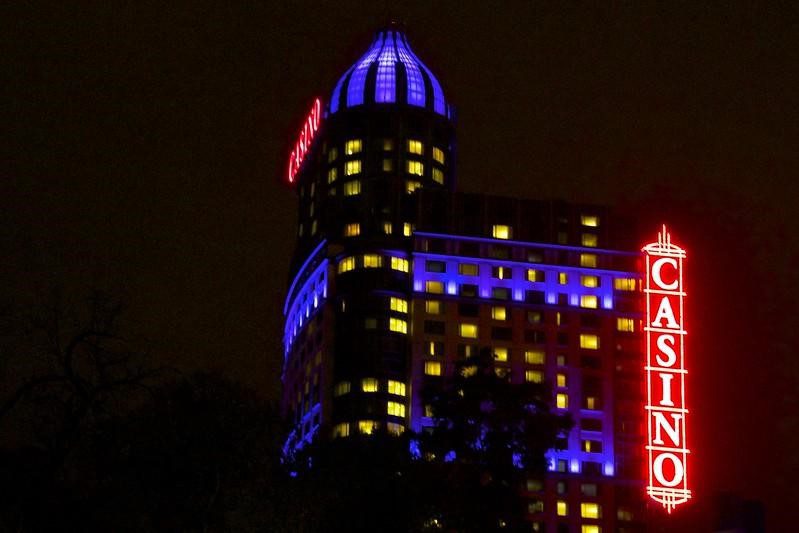Mughal Sarai of Doraha Historical Fort Punjab Tourism
The Mughal Sarai of Doraha Historical Fort Punjab Tourism: If you want to visit a historical place this weekend, then Mughalsarai Doraha is a better option. It is also known as RDB Fort. Because the shooting of the film Rang De Basanti was done here.
- Distance From Phagwara Is Approx. 61Km Via NH-44
- Distance From Ludhiana Is Approx. 22Km Via NH 44
- Google Map: Mughalsarai Doraha
That’s why it is famous as RDB Fort. It is located at a distance of 20 km from Ludhiana. It was built by Jahangir for the convoy of the Mughals. This fort is spread over a large area. Blue and yellow tiles are installed at its entry gate. Which looks gorgeous. Both these gates are decorated with trees and flowers.
This fort was discovered by the students of the University of North India. There are also many places around it where you can visit. There are many options like Lodhi Fort, Nehru Rose Garden, Tiger Safari Ludhiana, Hardy’s World, Punjab Agricultural University Museum, and Gurudwara Sri Manji Sahib Alamgir.
During British rule, Sher Shah Suri Marg came to be known as ‘Grand Trunk Road’ or ‘GT Road’. Being the most important route in the country, it was made National Highway Number One.
Lines From Sher Shah Suri Marg:
I am old National Highway No. 1. In fact, I was born in the Maurya period, that is, three centuries before Christ, and then I was known as ‘Uttarapath’. Rulers kept changing with time and my name too. In the 16th century.
Sher Shah Suri rebuilt me and the expansion of his empire during a brief tenure of five years. Then I got the name ‘Sher Shah Suri Marg’ and then during the Mughal period, I expanded from Chittagong in Bangladesh to Kabul in Afghanistan.
Due to being such a huge and important road, I got the title of ‘Sadak-e-Azam’. During British rule, I came to be known as ‘Grand Trunk Road’ or ‘GT Road’. Being the most important route in the country, ‘National Highway No. 1’ was made.
In modern Punjab I start from Rajpura to Ludhiana, Phillaur via Jalandhar and go towards Pakistan from Amritsar’s Attari, whereas earlier Jalandhar and Amritsar were not my part. Many inns and kos minarets were built on me for the travelers, some of which are still located around me as heritage, which is looked after by the Archaeological Department of India.
Fort Sarai Sultanpur Lodhi Shahjahan’s Son Played Here:
The historic Qila Sarai was built by Emperor Akbar at Sultanpur Lodhi, whose existence is in danger these days. Emperor Shah Jahan’s princess Aurangzeb and Dara Shikoh spent their childhood in the white mosque established in the lap of this fort built in 719 Hijri under the reign of Mughal Sultan Nasiruddin Mahmud. He got training from Ilama Abdul Latif Sahib in the Safed Masjid here.
Now this place has been the office of the Punjab Police for almost seven decades. According to historians, one lakh rupees were spent on the construction of this building at that time. Built-in an area of 400 yards wide and 450 yards long, the residence of the officers of the Mughal Sultan was built in the middle of this fort.
Due to the negligence of the Punjab Government, Archaeological Department, and Punjab Tourism Department, the fort inn and the court hall established in the fort have turned into ruins, although the condition is somewhat better due to the personal interest of some police officers who are attached to the heritage of the White Mosque.
The main gate of Qila Sarai collapsed in 2013, after which the tourism department entrusted the work of repairing the balcony of the main gate to Mumbai’s Antrix Construction on 10 March 2015. About half the work was done from 52 lakhs and due to lack of money the company left work in the middle.
Sarai Amanat Khan Tarn Taran who gave his name to the village:
If we start this journey from the Attari border then Sarai Amanat Khan is about 17 km from here. In the 17th century, when the Mughal emperor Shah Jahan got the Sher Shah Suri road built between Delhi and Lahore further constructed, Abdul-Haq Shirazi got it built by giving it the name Amanat Khan.
Amanat Khan was entrusted with the care of this fort. He used to ride in a cart of goats on the walls of this Fort. Ten large domes were built around the fort. The meenakari and paintings on the walls here set an example in themselves. There was also a well here, which lost its existence over time.
Hammams were also built for the Begums in the western part. Due to the popularity of Sarai, this village with a population of three and a half thousand and spread over an area of 884 square hectares is known by the name of Sarai Amanat Khan.
Now, this fort is being taken care of by the Archaeological Department. This historical heritage is made of Nanakshahi bricks. It is being made available for tourists by the government. Due to its historical importance, many Bollywood movies and Punjabi songs have also been shot here.
Tarn Taran MLA Dr. Dharmbir Agnihotri says that the state government is also going to bring several schemes to give a better texture to the historic Sarai Amanat Khan so that this heritage can be saved for future generations.
Nurmahal Sarai is a symbol of Jahangir’s love:
On hearing the name of Jalandhar’s famous town Nurmahal, a picture of a historical fort built during the Mughal era comes to mind.
It was built by Zakaria Khan on the orders of Nur Jahan in 1618 AD using small Nanakshahi bricks. It is said that where Nurmahal is situated today, there once was a town by the name of ‘Kot Mehboob’.
Nurmahal was built by Emperor Jahangir impressed by the beauty of his Begum Noorjahan. Emperor Jahangir used to fondly call his Begum Nur Jahan ‘Noor Mahal’, from which the city got its name Nurmahal.
It is said that an old man used to live in the narrow streets of the city and used to play a tambourine instrument. In this regard, Dhadi Amar Singh Shaunki had written a song that gradually took the form of a folk song. ‘Ek tara wajda ve ranjhana noormahal di mori.’
Now Illegal Occupation And Parking:
Birbal Nahar of the city told that after the details given about Noormahal and Noorjahan Begum, it is a priceless sign of excellent craftsmanship of the Mughal era, which has got the status of national heritage from the Archaeological Department. But now due to illegal parking and encroachments, tourists have to face a lot of problems.
Sahi Sarai Phillaur was Built by Shah Jahan:
Today, in the fort of Phillaur where the Police Academy runs, there was an inn for the army to stay during the Mughal period.
The Sahi Sarai at Phillaur is said to have been built during the reign of Shah Jahan (1627–1658).
Later, the city was captured by the Kakarha Sikhs, who were suppressed by Maharaja Ranjit Singh (1780–1839). After the decline of the Mughal Empire, Maharaja Ranjit Singh sent Diwan Mohkam Chand around the year 1809 to capture the Sahi Sarai.
With the help of his French and Italian officers i.e. Ventura and Allard, he converted it into a formidable fort. It was built in response to the British, who had built a small fort at Ludhiana to protect the Ghat at Phillaur.
The fort was captured by the British in 1846. In 1890 it was handed over to the civil authorities and thereafter used for police training.












